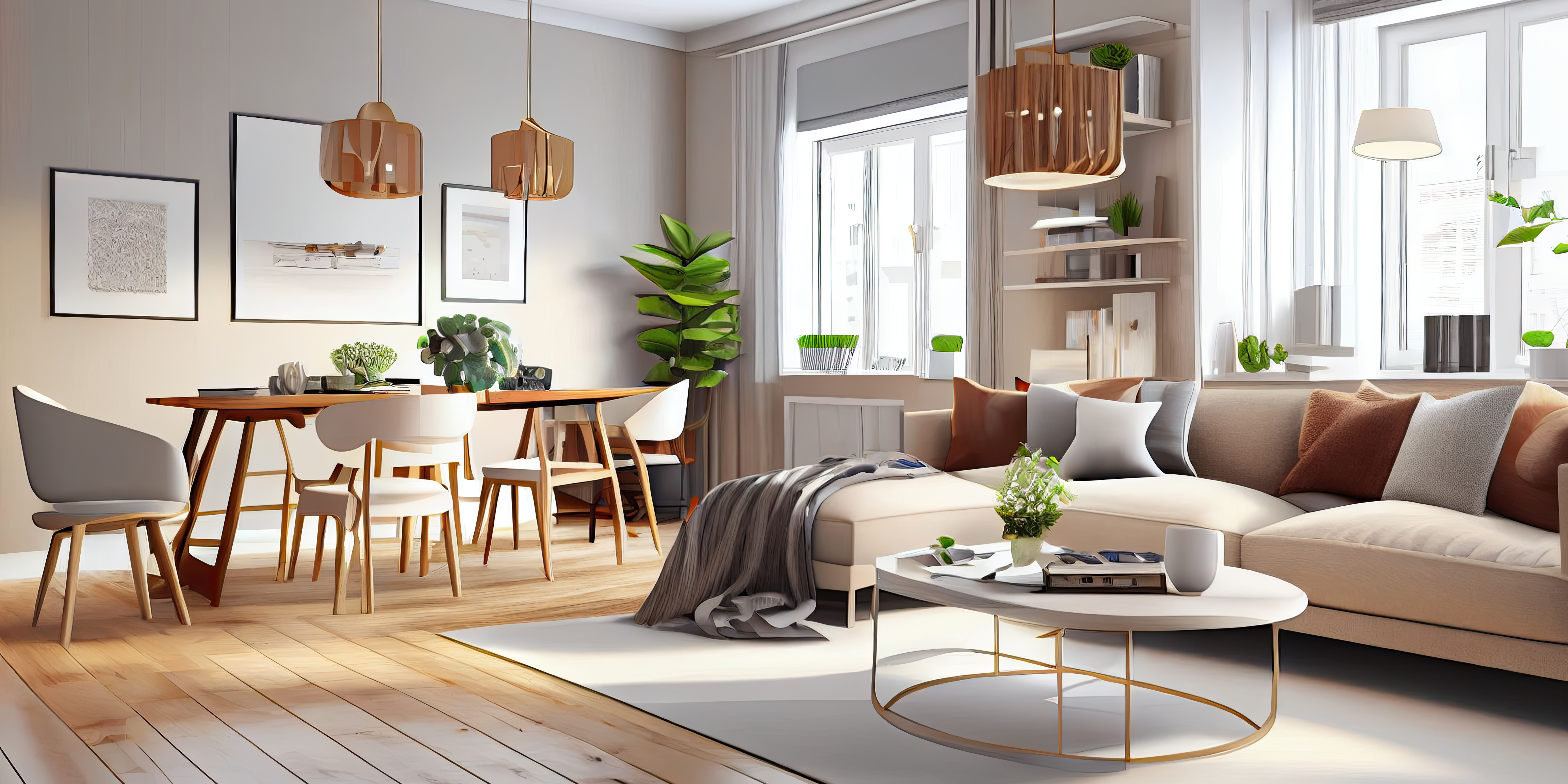
Today’s world is full of opportunities, especially when it comes to convenient living. With so many things to do, people to see, places to go, and everyday distractions, we rely on “simple and easy” in our daily routines. Convenience is a major factor… creating that smooth ride is more than just helpful; it’s a calculated plan for reducing stress and enjoying more of life’s precious moments.
Busy Lives
Life is busy! From jobs to kids to housecleaning and volunteering to working out and running errands, there's seemingly never enough time in the day. Taking care of our own well-being often takes a back seat to everyday responsibilities, especially when you have a family. Every little nuance of simplicity in the house – call it convenience or necessity – helps to bring about balance and tranquility.
What’s Driving “Convenience”
Technology is behind most of the conveniences we now rely on every day. Smart home devices, like video doorbells, locks, lights, windows, and security systems, keep our homes secure. Automated cleaning tools (like robot vacuums) and appliances do a lot of the grunt work for us. Having groceries, retail products, and food delivered saves time from having to go out and get them ourselves.
Even though most of the nation’s workforce is now back in the office full-time following the COVID-19 pandemic, many people continue to work from their homes. Working in comfortable clothes and the ability to cut back on gasoline expenses, wear and tear on your car, and dry cleaning bills are huge draws for setting up a computer and remote access to desktops and phone lines. Not to mention the convenience of being able to work when you have a sick child at home or the flexibility of being able to schedule appointments during the workday.
Environmental Impact
“Doing more with less” has its value. Smart devices and energy-efficiency products cut back on Earth’s need for mining natural resources. Solar energy lets the sun heat and light up areas around your home that, before, needed an electrical outlet.
Convenience and less stress help lead us all to more clear-headed thinking. For example, reducing, reusing, and repurposing items is one way to cut back on wastefulness. Without so much clutter in our minds, it’s much easier to think about ways to recycle your Halloween pumpkins; reuse boxes, bags, bottles, and jars; or plan a party using fewer throw-away plates and utensils.
Living “Convenience”
Neighborhoods with nearby amenities, such as grocery stores, banks, dry cleaners, restaurants, school systems, and recreational facilities encourage everyday social relationships while promoting more and healthier physical activities. Meeting new friends and expanding our social circles is easier when we live in areas that aren’t too far away from our homes.
Multi-use buildings, downtown apartments, and strip malls all cater to that convenience factor. Walkability (or even a bike ride, golf-cart ride, or quick car ride) make getting around quick and easy. Even big box stores know how important convenience is –– you can get your shampoo, tomatoes, clothes, and medicine all in one place. Moreover, picking it up and having it delivered to your trunk or straight to your doorstep takes that convenience a step further.
The Negatives
Believe it or not, convenience does have its downsides. One of them is laziness.
Housecleaning burns calories. Robot vacuums that do all the work won’t get the physical workout you would if you do the job yourself. The same thing goes for robot lawn mowers, garden sprinklers, and any other kind of indoor and outdoor chores that normally require physical energy. Convenience keeps us from taking the stairs (when we can take an elevator or escalator), from adding and subtracting in our minds (instead of on our calculator apps), and from reusing cloth bags (instead of easy-to-grab plastic ones from the grocery store).
Artificial Intelligence – allowing machines to problem-solve, make decisions and, basically, do the “thought” work, does not encourage people to think for themselves — it’s the opposite. While AI definitely has its benefits, it also makes us lazy in everyday thinking.
Eating is often more convenient when we can grab something on the go. But fast food isn’t always the healthiest, and those packaged foods are usually full of preservatives. The quick, “convenience” foods we keep at home may be the easiest but not necessarily the best options for healthy eating.
The negatives of convenience are endless, but mindfulness and common sense can balance it all out.
Convenience rules our homes because it’s the easiest way to live. Easy is good — most of the time — as long as we balance it with thoughtfulness, physical activity, social interaction, and healthy eating.
Written by Teri Silver
About the Author
 Teri Silver is a journalist and outdoor enthusiast. She and her husband live on 5 acres with a vast lawn, three gardens, a farm, a pond, many trees, and a lot of yard work! The best parts of the year are summer and fall when home-grown veggies are on the dinner table.
Teri Silver is a journalist and outdoor enthusiast. She and her husband live on 5 acres with a vast lawn, three gardens, a farm, a pond, many trees, and a lot of yard work! The best parts of the year are summer and fall when home-grown veggies are on the dinner table.
You may also like
Protect Your Property: 5 Expert Tips to Disaster-Proof Your Home
From Art to Airflow Transform Your Walls with These Ideas
Planning to Sell Your Home? Focus on Renovations That Offer Positive ROI
Balancing Aesthetics and Function: Choosing the Best Materials for Your Building’s Exterior
